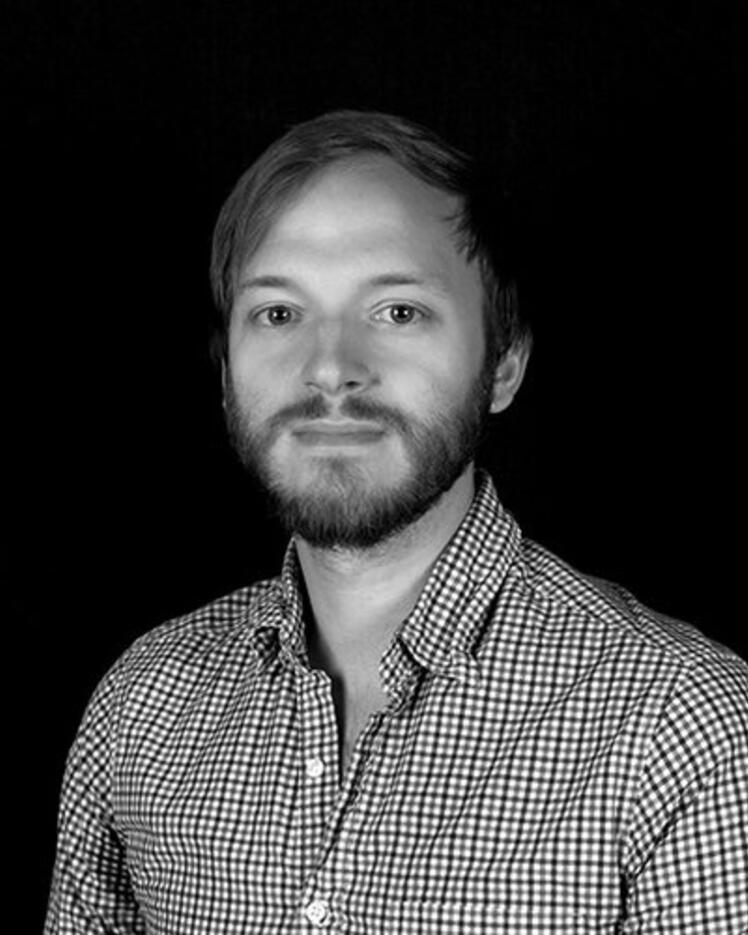
Matt Perich
Biographie
Matthew G. Perich est professeur adjoint au Département de neurosciences de l’Université de Montréal. Son programme de recherche fusionne l’IA et les neurosciences computationnelles avec la neurophysiologie expérimentale et l’ingénierie neuronale, pour étudier comment les cerveaux biologiques coordonnent les comportements moteurs et, ultimement, pour guider le développement de dispositifs neuroprothétiques de prochaine génération pour la réadaptation.


